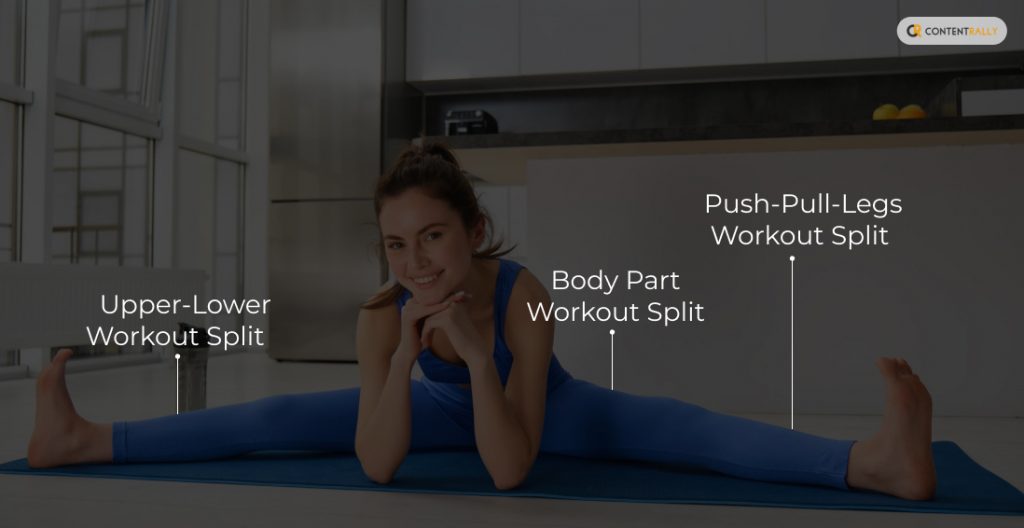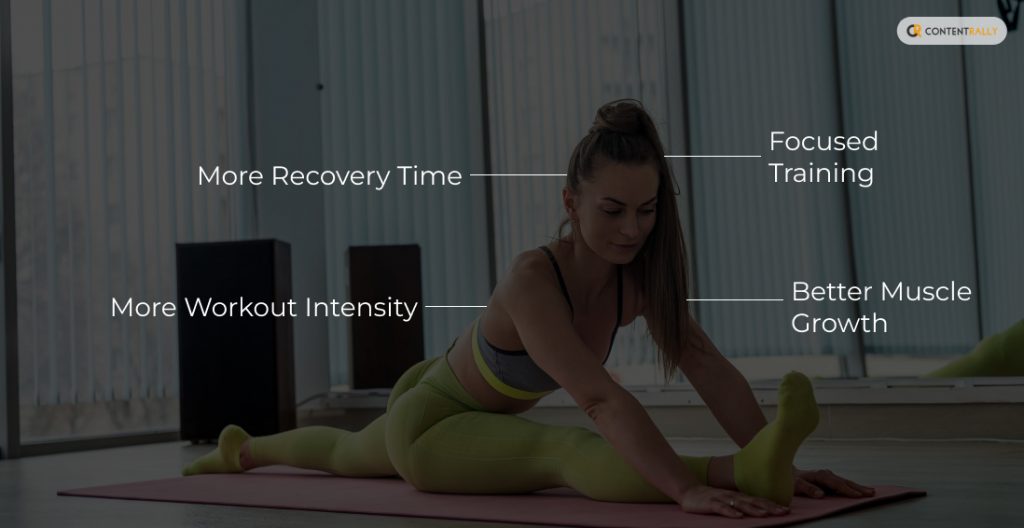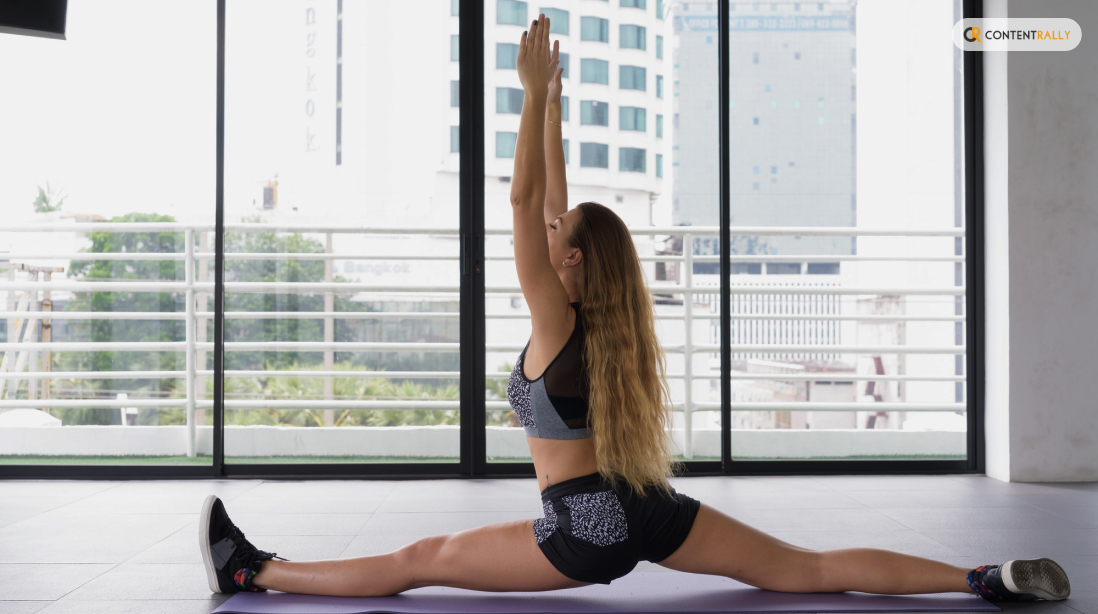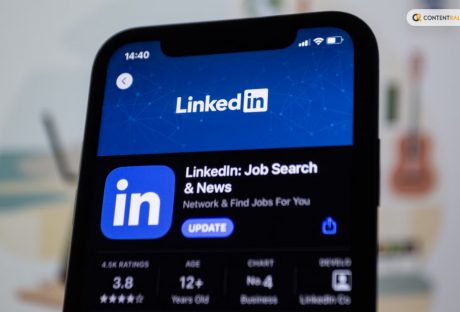With the help of workout splits, you can divide your workout routine throughout the week. Here, the division is such that it focuses on specific muscle groups. In fact, it is a great option to choose if you want to add variety and structure to your training regime. This way, you can train different regions of the body.
In this article, you will learn about workout splits and their importance for all-round training regimes. Apart from that, this article will also explain different types of workout splits and how to choose the one that suits you the best. Moreover, you will also learn tips to effectively perform workout splits. Hence, to learn more, read on to the end of the article.
What Are Workout Splits?

Workout splits are really helpful if you are looking for ways to structure your exercise regimen. For instance, it is not possible to do a full-body workout daily. Also, it is not a way if you want to maximize your results. In such cases, workout splits help a lot.
Basically, with a workout split, you can work on different parts of your body on different days of the week. This way, you also give enough time to your muscles to recover after wear and tear that happens during a workout.
Hence, with this divide-and-conquer approach, you can focus your efforts accordingly to train each part of your body daily. This is a really good way if you want to optimize your training results.
Here, you are not working out without a goal by just joining a gym. In fact, you have a goal that you are breaking down with a plan. In this case, workout splits help you to work as per your plan. Hence, you can work not only harder but smarter, too. As a result, you will end up with faster and better results.
Major Types of Workout Splits

The type of workout splits can vary as per the goal of the person. For instance, if your goal is to improve athleticism, your splits will be different from ones that focus more on aesthetics or someone whose plan is to gain strength. Hence, it is important to learn about different types of workout splits:
1. Body Part Workout Split
In this workout split, you have to train one/two body parts per training session twice every week. Actually, this workout split is a popular option among bodybuilders. This is because such a split lets them train their muscles more often. For example, you train back with biceps one day and chest and triceps the next.
2. Upper-Lower Workout Split
With this workout split, you can train the upper body one day and train the lower body on the other. In fact, this is a good option for beginners and people who are on a tight schedule. If your focus is to get stronger when you are starting to train your muscles, this is a good option to consider.
3. Push-Pull-Legs Workout Split
This works similarly to the upper-lower workout split. However, you actually divide the workout into three days: pushing, pulling, and lower-body training. This type of workout split is a great option if you focus on powerlifting. For example, you can build your program like this: pushing, pulling, and squats.
The Benefits of Workout Splits in Training

The following are the major advantages of workout splits that you will benefit from:
1. Focused Training
Focused training is one of the major benefits of workout splits where you train specific muscle groups. Also, you will get better muscle recovery between workouts since you are dedicating separate days to different muscle areas in your body. Apart from that, workout splits also ensure better workout intensity since you are targeting each area of your body.
On the other hand, with a workout split, you can also get shorter workout sessions. Moreover, you have the ability to address different imbalances in your muscles since you get chances to train weaker areas of your body. Hence, there shall be all-round muscle growth and fitness.
2. Better Muscle Growth
As you dedicate a full workout session to different muscle groups, you get the chance to target these muscle groups with more exercises. Hence, you will have high volume and muscle growth. However, this is something that you will not get with a full-body workout.
3. More Recovery Time
As you follow a workout split routine, you are giving your muscles adequate rest days between training sessions. Thereby, you do not end up overtraining your muscles. Hence, your muscle recovery is better. Also, if you have a busy schedule, using splits helps you create shorter workout sessions. Hence, exercise fits easily into your schedule.
4. More Workout Intensity
By using workout splits, you are only working on a few muscle groups per workout. As a result, you can push your muscles with heavy workouts. Hence, you can stimulate your muscles more. Moreover, you can also train your weak muscle groups that are weaker than other muscles.
Choosing the Right Workout Split: How to Create One?

The right workout split depends on factors like training, goals, experience, recovery needs, weaknesses, and more. Depending on your bodybuilding needs, you can choose your type of workout split. However, if you are a beginner who is starting out bodybuilding, a full-body workout is more helpful.
The following are the factors you must consider when you are selecting your workout split:
- Training Experience: If you are a beginner, you should start with simple splits and must mostly stick to full-body workouts. However, if you are an advanced individual, you can try complex workout splits.
- Training Goals: With different goals, workout splits change. For instance, if you want muscle training, you can choose body part workout split. On the other hand, if you want to save time, you must choose the upper-lower workout split. Moreover, the push-pull-leg workout split works more for powerlifters.
- Frequency of training: If you train two to three days per week, you need a full-body workout. However, if you train 5-6 days per week, you must start with workout splits.
Tips for Effective Workout Splits

Before you create your workout split, you must always consider your fitness level, goals, schedule, and recovery time. This will help you create a workout split that tailors to your needs and demands. The following are a few tips you must consider if you want to create effective workout splits:
- Your fitness levels matter. For instance, if you are a beginner, you must go with a full-body workout. On the other hand, as an advanced individual, you can try a workout split like push-pull-legs.
- Be consistent and sure about your workout schedule. Hence, you can design a split that fits your needs and demands.
- When you have sufficient days for rest, you can ensure muscle repair. Also, you can prevent muscle strain due to overtraining.
- If you want to have optimal strength gains, you must focus more on compound movements. Here, you work in different muscle groups simultaneously.
Common Mistakes to Avoid and Precautionary Steps

Here are a few precautionary steps you must take if you do not want to end up with no results:
1. Do not start with workout splits if you are a beginner. As a beginner, you need a full-body workout with a resting day between two workout days.
2. After you train a muscle area after a workout, make sure there are adequate rest days in between. This allows for better muscle recovery.
3. When you are working out, make sure to gradually increase its intensity, repetition, or weight. This will help you with growth as you progress.
4. Once you include different workouts for the same muscle groups, you end up targeting different muscle fibers. This helps in all-around muscle growth.
5. To get the best results, make sure to have the right form while you lift weights.
Start Workout Splits Now
Now you know the importance of workout splits and how they work to produce better results. However, if you are preparing for a split training program, make sure to prepare beforehand. Moreover, keep track of your exercises and make sure to have rest days for recovery.
Do you have more suggestions on how to create workout splits? Please share your ideas and opinions in the comments section below.
Read Also:





















